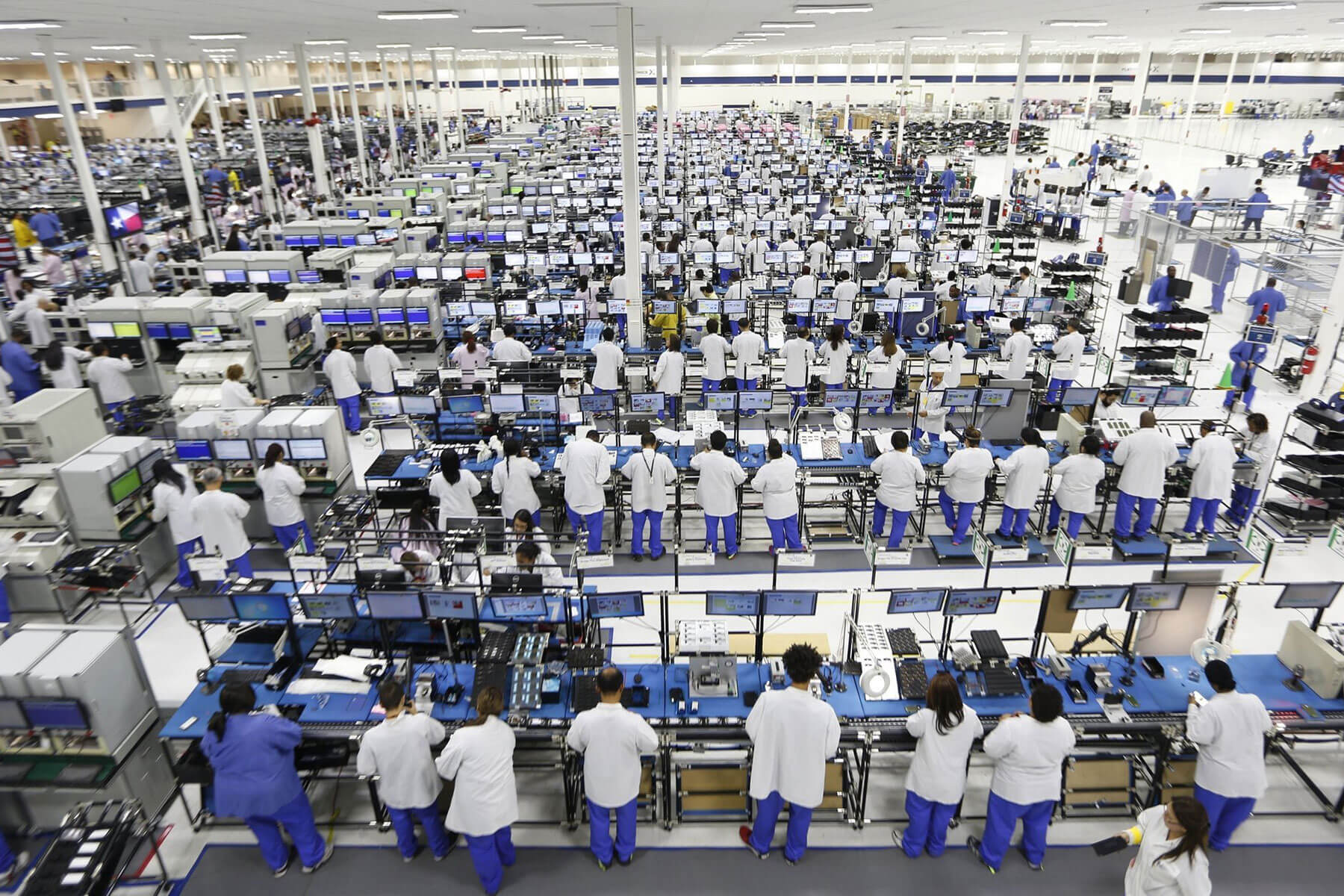In brief: Foxconn's business was hit long before the coronavirus hit China, but the first quarter of 2020 will reveal the true extent of the damage. Meanwhile, things look optimistic for the iPhone 12 mass production, and the manufacturer is diversifying its business and building new regional hubs in Asia.
The US-China trade war and waning consumer demand has taken a toll on Foxconn's quarterly profit, which dropped 24 percent in the three months ending in December 2019.
The manufacturing giant's net income has gone down to $1.58 billion in Q4 2019, which is down from $2.05 billion during the same period of 2018. The first three months of 2020 will look even worse, mostly because of the lockdown measures taken by China to curb the spread of the Coronavirus.
Now, production is quickly ramping up to full capacity, and the company is confident in its ability to deliver the iPhone 12 on schedule. It turns out that despite some difficulties in getting the necessary components from suppliers in the necessary quantities, Apple could indeed launch the 5G handset as originally planned.

That's because the 810,000 Foxconn employees that were told to isolate in their homes have mostly returned to the company's 27 major plants, at least according to China's Ministry of Industry and Information Technology. It's also because Apple has finished most of the engineering work required to deliver these devices, which is why it was able to launch the new iPad Pro and the refreshed Retina MacBook Air with the Magic Keyboard.
Bloomberg notes that while Apple will be able to unveil the iPhone 12 this fall, other products like the ARM-based MacBooks and desktops will likely be delayed. Still, the Cupertino giant's new premium handsets might prove a little too expensive for consumers who will be recovering from these rocky times, in which case the iPhone 9/SE2 could win some buyers.
Component suppliers are still worried that Apple's new phones won't see much demand, and one of the key display manufacturers told Reuters that it anticipated the need for 70 million iPhone displays earlier this year. That estimate has now gone down to 58 million units, and this could lead to layoffs at several factories, however production of the new components is currently going at full capacity.
In the meantime, Foxconn is moving ahead with its expansion to India and Vietnam, where it's pouring $560 million to build factories and develop new regional manufacturing hubs. Of course, production in India is currently non-existent as the country recently entered a complete lockdown, but Foxconn is preparing for the medium and long term future here in order to avoid new disruptions.
